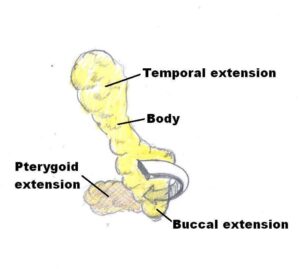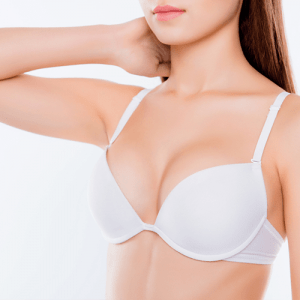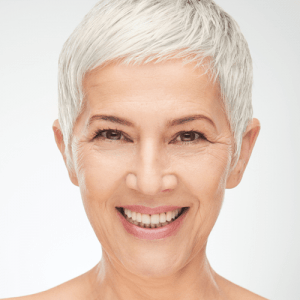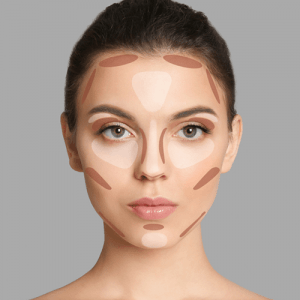Buccal Fat Pad Reduction
There is recent surge of enthusiasm for an old technique that adjusts volume distribution in the face-buccal fat pad reduction. In my opinion, it is being over-employed which I will discuss later.
The procedure is reasonably safe and can be performed in the office with local anesthesia. Occasionally reduction of the buccal fat pad is performed during a facelift.
About the Buccal Fat Pad
The buccal fat (Bichat’s fat pad) pad is made of 4 parts. Functionally it serves as a shock absorber of sorts for the upper and lower jaws. The most inferior (buccal) projection of the fat pad is the component that can add unwanted volume to the cheek.

What is Buccal Fat Removal?
By definition, the procedure reduces volume to the face which most plastic surgeons consider unfavorable. The procedure removes the buccal fat pad to reduce volume in the cheeks. This is sometimes also called cheek reduction surgery.
Who is a Good Candidate for Buccal Fat Reduction?
The buccal projection of the fat pad can be exuberant in some individuals. If you’ve seen someone who looks as though the are carrying an acorn in their cheek (when they’re not) it is an oversized buccal fat pad creating a contour issue. These are individuals who benefit aesthetically from buccal fat pad reduction if they are bothered by their appearance. The reduction of the buccal fat pad may produce favorable changes to the contour of the cheeks. This is because with some faces, the skeletal relationships can produce a box like appearance to the cheeks where there is no contour change between the cheek bone and the jawline. The procedure can create a pleasing transition between these to bony structures which highlights the cheek bone.
To highlight the cheeks, buccal fat pad reduction is moving into the realm of a fad. Most individuals do not have an oversized buccal fat pad so reduction imparts little change to the face. Age results in volume loss to the face so we generally are fighting to maintain or increase volume rather than reduce it.
What to Expect
The fat pad can be safely reduced in the office through the mouth with local anesthesia. I have never had any significant problems. One patient developed some localized swelling resulting in a hard lump that took a few weeks to resolve. This was probably due to a small amount of post-procedure bleeding in the operated area of the cheek.
Should I Consider a Facelift Instead of Buccal Fat Reduction or Both?
Heaviness in the buccal area can occur in the aging face as the mid-face fat is pulled down and medially over the years by gravity. The solution to this problem is restore the position of these tissues to their rightful position as is done with a facelift. Buccal fat pad reduction has no role in this.
However, the occasional facelift patient may have a large buccal pad as well. During a facelift procedure, the buccal fat pad is easily explored and if it is a contributor to the problem, it can be reduced or moved to an area that would benefit from volume enhancement.
It’s always best to talk to a board-certified plastic surgeon about your options and the best approach for your situtation.
What if I Want to Enhance the Volume in my Cheeks?
For the purpose of enhancing the cheeks, volume addition to the cheek (rather than volume reduction in the cheek) may be a better approach. Fillers should be tried first to see if the result is pleasing. If not, these fillers will eventually be removed by the body.
If the result is favorable, fillers can be used repeatedly or volume enhancement by fat grafting for permanent results may be considered. Fat grafting to the face is also an office procedure. It also reconciles with the desire to add volume to the aging face rather than subtracting.
Buccal fat reduction is a simple and safe procedure but should be reserved for the properly selected patient. Even if the result is pleasing in the short term, as the face ages unwanted hollowness in the cheek may emerge. Fat grafting to the buccal area has been reported in patients who look gaunt because of volume loss from aging. Surgical reduction earlier in a poorly selected patient may increase the likelihood of this happening later in life.
Request a Consultation
Dr. Zubowicz is a board-certified plastic surgeon and has been firmly established in the Atlanta medical community for over thirty-five years. He obtained his medical degree from University of Kansas and completed his residency at Emory University Affiliated Hospitals.
He is available for consultations at either the Midtown Atlanta or Milton location. During the consultation, Dr. Zubowicz will discuss your goals, explain his process and determine if you are a good candidate. Please fill out the request a consultation form.
Written and reviewed by:
This article was written by Dr. Vincent Zubowicz, who is board certified by the American Board of Plastic and Reconstructive Surgery. He practices medicine at his offices in Milton and Atlanta. Learn more about Dr. Zubowicz, his medical training, and credentials.
Customer Reviews


Dr. Vincent Zubowicz is one of the Atlanta areas top plastic and reconstructive surgeons. He is an expert in cosmetic surgery, with years of experience performing many plastic surgery procedures. He offers a personal, customized approach and is dedicated to helping patients achieve the most natural looking results.
Call our office at 470-462-2917 to schedule your consultation with Dr. Vincent Zubowicz.






